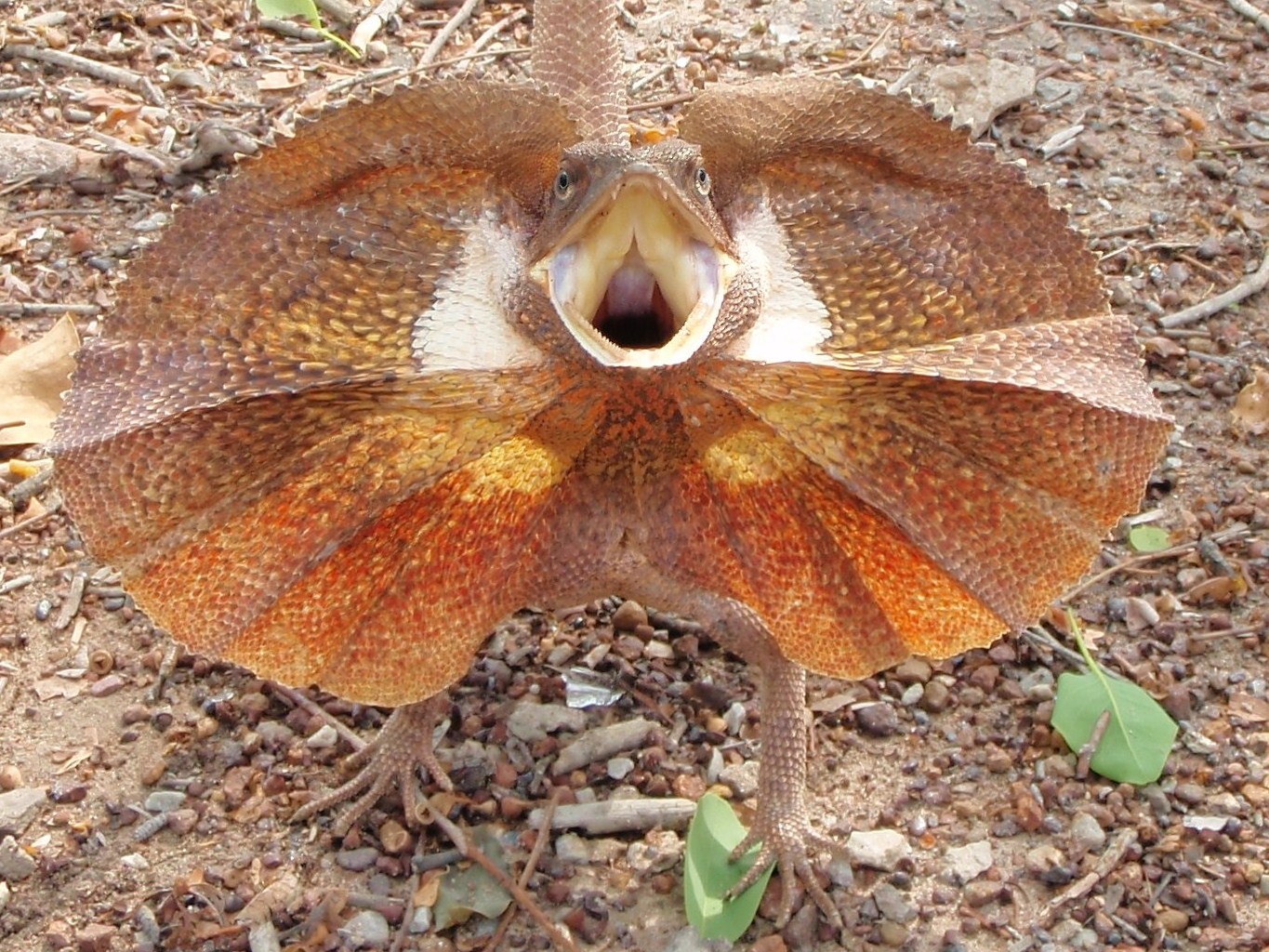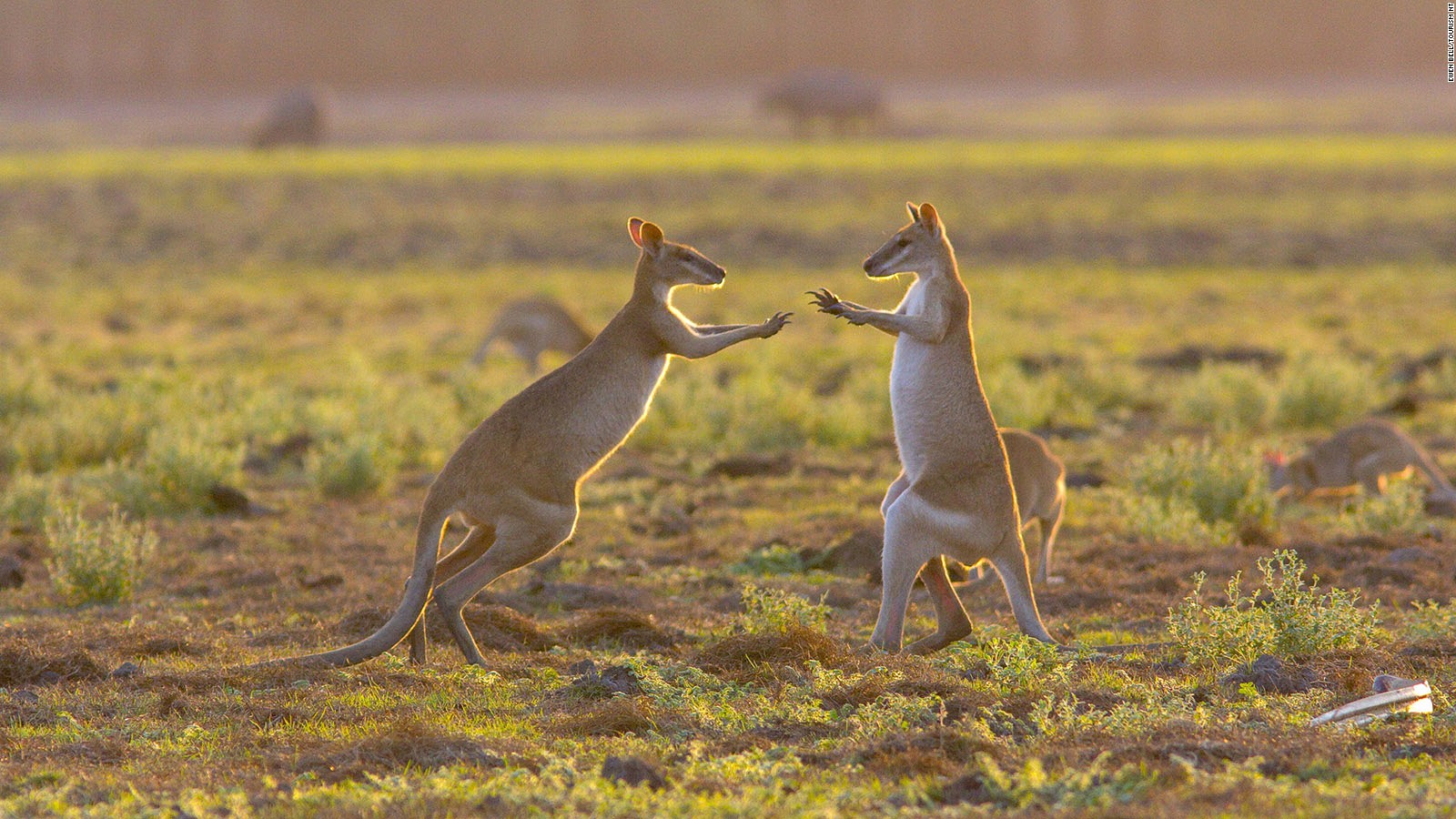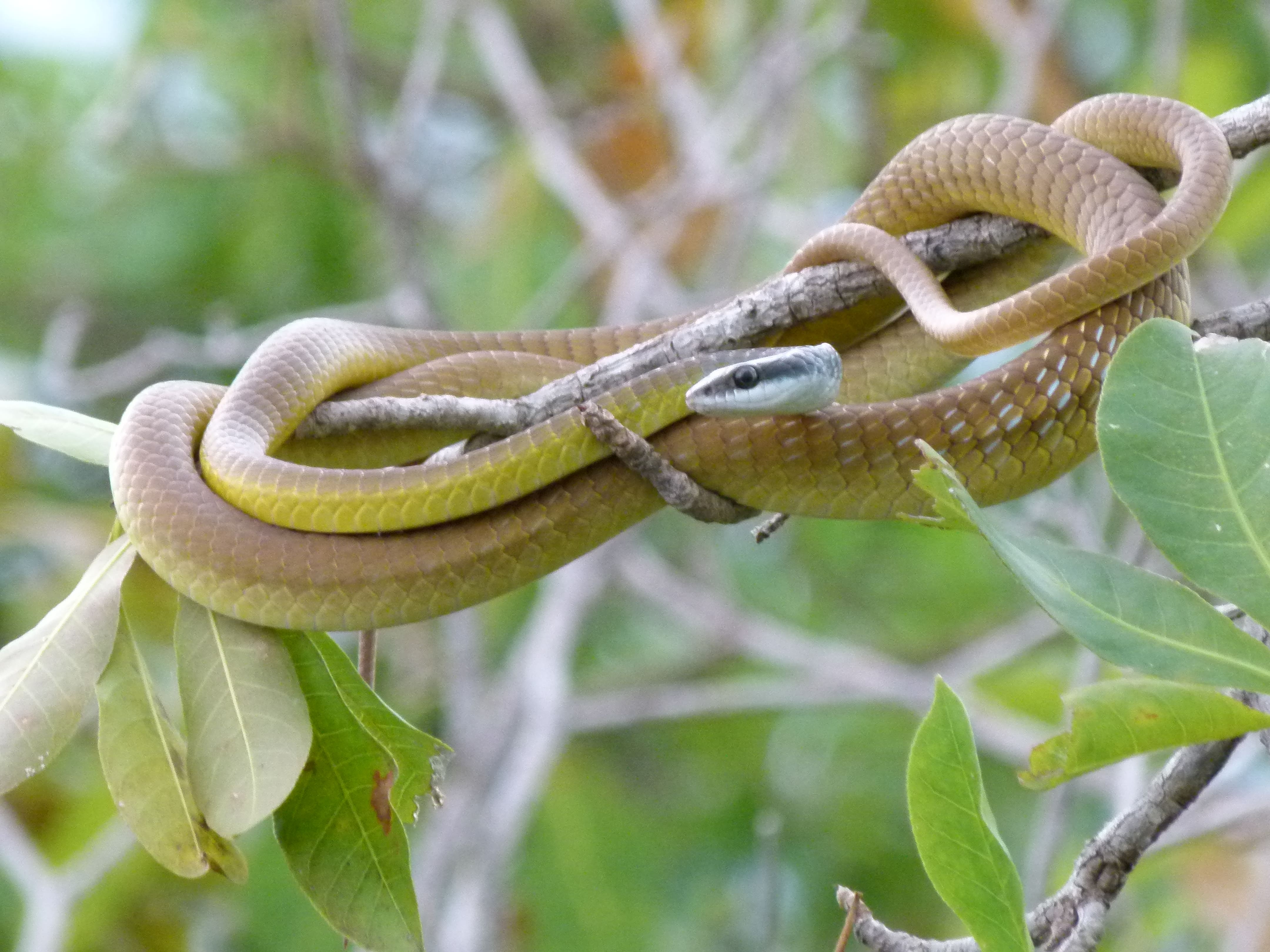
Kakadu National Park is one of Australia’s largest and most remarkable national parks. Located in the Northern Territory, it is internationally recognized for:
- Ancient Aboriginal rock art at Ubirr, Nourlangie, and Nanguluwur
- Vast, diverse landscapes including wetlands, escarpments, and savanna woodlands
- Rich wildlife including crocodiles, wallabies, birds, and reptiles
- A unique cultural landscape shaped by tens of thousands of years of Indigenous history
What Is Kakadu National Park Known For?
Kakadu is a UNESCO World Heritage site and one of the most biodiverse regions in Australia.
Why Visit Kakadu National Park?
Wildlife Encounters
Kakadu is home to an incredible variety of animals, including:
- Saltwater and freshwater crocodiles
- Agile wallabies
- Northern quolls
- Leichhardt’s grasshopper
- Flying foxes
- Over 280 species of birds
The park is a paradise for wildlife lovers, photographers, and researchers.
Aboriginal Rock Art and Cultural Heritage
Some of the oldest and most well-preserved Aboriginal rock paintings in the world are found in Kakadu. These artworks tell Dreamtime stories and reflect the deep spiritual and cultural connection Indigenous people have with the land.
Scenic Landscapes
Kakadu features a wide range of ecosystems:
- Coastal estuaries and tidal mudflats
- Billabongs and floodplains
- Monsoon forests and savanna woodlands
- Sandstone escarpments and rocky ridges
These diverse terrains offer endless opportunities for exploration, hiking, and guided tours.
When Is the Best Time to Visit Kakadu?
Dry Season (May to October)
- Ideal for sightseeing, hiking, and boat cruises
- Most visitor sites are open
- Popular time for tourists due to stable weather
Wet Season (November to April)
- Dramatic landscapes and fewer crowds
- Lush green scenery and active waterfalls
- Some roads and attractions may be closed due to flooding
Recommended trip duration: Three to seven days, depending on your itinerary.
How to Get to Kakadu National Park
- Starting Point: Darwin, Northern Territory
- Distance: Approximately 250 km (3-hour drive)
- Entry: Kakadu Park Pass is required (available online or at entry points)
- Transport Options: Self-drive, campervan, or guided tour
Environmental Threats in Kakadu
Kakadu faces several challenges that threaten its natural balance:
- Invasive species such as cane toads, which harm native predators
- Uncontrolled wildfires
- Climate change affecting water systems
- Human activities and development pressures
Conservation programs are in place to protect the park’s delicate ecosystems.
Common Plant Species in Kakadu
Some notable plant life in the park includes:
- Pandanus (especially Gonggirr, the most common variety)
- Speargrass
- Water lilies
- Darwin woollybutt
- Kapok bush
These plants are vital to the environment and are often used in Aboriginal traditional practices.
Wildlife You May Encounter
Kakadu is home to hundreds of animal species. Some of the most commonly spotted include:
- Agile wallaby
- Freshwater and saltwater crocodiles
- File snake
- Flying fox
- Flatback turtle
- Northern brown bandicoot
- Northern quoll
The park contains about 10 percent of all crocodiles in the Northern Territory.
Quick Facts About Kakadu National Park
| Feature | Detail |
|---|---|
| Location | Northern Territory, Australia |
| Size | Around 20,000 square kilometers |
| UNESCO Status | World Heritage Site |
| Indigenous History | Over 65,000 years |
| Rock Art Sites | More than 5,000 |
| Number of Crocodiles | Around 10,000 |
Frequently Asked Questions
Is Kakadu National Park open year-round?
Yes, Kakadu is open throughout the year, although access to some areas may vary by season.
Are crocodiles common in Kakadu?
Yes, both freshwater and saltwater crocodiles are present. Always follow safety signs and local advice.
What is special about Kakadu National Park?
Its unique combination of biodiversity and cultural heritage makes it one of the most extraordinary parks in the world.
Can I visit Kakadu without a tour?
Yes, you can self-drive, but many travelers prefer guided tours for safety and deeper insight.
Final Thoughts
Kakadu National Park is a destination like no other. With its ancient rock art, stunning natural beauty, and incredible wildlife, it offers a journey through both time and nature. Whether you’re an adventure seeker, nature lover, or culture enthusiast, Kakadu promises an unforgettable experience.












